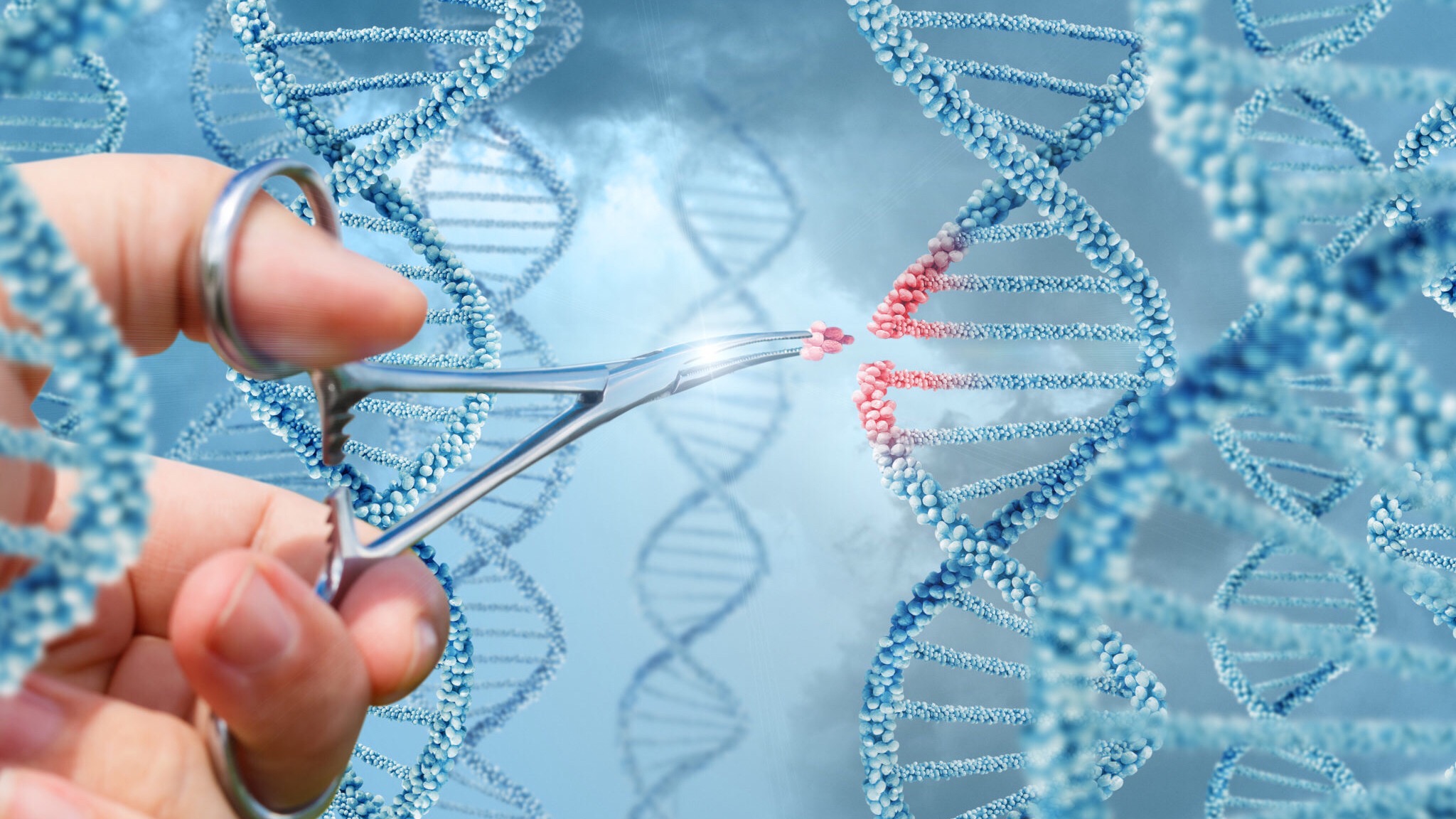Promising results from clinical study using plasmid DNA gene therapy give hope to critical limb ischemia patients

Houston, Texas (January 19, 2016) – A new clinical study published in the January issue of Gene Therapy reports the promising results of an innovative DNA-based gene therapy that may offer a potential therapeutic option for a disease with unmet medical needs. The study examined the safety and efficacy of gene therapy with a plasmid DNA containing human hepatocyte growth factor (HGF) gene, called VM202, in 52 patients with critical limb ischemia (CLI) at 16 hospitals and research centers in the United States and Korea. VM202 was found to be safe and well tolerated and showed clinical benefits in CLI patients who had no other treatment options. Both ulcer healing and tissue oxygenation improved significantly in patients who were given four series of VM202 injections (spaced 2 weeks apart) in the muscle of the diseased leg.
In the study, patients treated with high-dose (16 mg total) VM202 showed significantly better ulcer healing than did patients who were treated with placebo injections. In fact, 62% of ulcers treated with high-dose VM202 healed completely compared with only 11% of ulcers treated with placebo. Statistically meaningful results were also seen in tissue oxygenation (TcPO2 levels). Of patients treated with high-dose VM202, 71% showed increased TcPO2 levels, whereas only 33% of control patients showed better tissue oxygenation. “These positive results are exciting, and VM202 shows great promise for treating patients with this debilitating disease who often have limited therapeutic options,” said Dr. Emerson C. Perin, Director of the Stem Cell Center at the Texas Heart Institute and the principal investigator of the study. “We are looking forward to conducting a phase III trial to better understand the potential of this novel approach, especially in treating non-healing ulcers, which is a serious symptom that often leads to amputation because of the lack of medical therapies available.”
CLI is a serious form of peripheral artery disease (PAD)–a cardiovascular disease caused by narrowing of the peripheral arteries, most commonly in the legs. If not managed properly in the early stages, PAD can progress to CLI where the blood flow in the arteries becomes severely obstructed or blocked by plaque build-up and advanced atherosclerosis. As blood flow to the limb decreases, oxygenation of the tissues also decreases. This restricted blood flow reduces oxygenation of the tissues, which leads to chronic pain, ulcer formation, and possibly gangrene. As the tissue dies, amputation can become a last resort in extreme cases of CLI.
VM202 is a plasmid DNA that contains the human HGF gene that produces two isoforms of HGF proteins that are naturally found in the human body. HGF is a growth factor that induces angiogenesis and acts as a neurotrophic factor. After VM202 is injected into a patient’s muscle, it is taken up by a cell and produces the HGF proteins, which are then released from the cell and may induce new blood vessel formation by activating various signaling pathways. In this way, VM202 may provide clinical benefits to CLI patients.
The study was sponsored by ViroMed Co., Ltd., and was supported by a grant from the Korean Ministry of Trade, Industry and Energy (grant no. 10031644). ViroMed is a research and development–focused biopharmaceutical company located in Seoul, Korea. Based on the results from this phase II study, ViroMed received U.S. FDA approval to initiate a phase III study for chronic, non-healing, ischemic foot ulcers in diabetes patients with VM202-PAD. ViroMed is developing new and innovative biopharmaceuticals for the treatment of currently untreatable diseases. VM202 has been developed by ViroMed by using a proprietary vector system and a genetically modified HGF gene.
###
About VM202-PAD
VM202-PAD is part of a group of therapeutics derived from VM202. When injected into patients, the DNA-based drug, VM202-PAD, produces hepatocyte growth factor (HGF) protein, which induces angiogenesis and acts as a neurotrophic factor, leading to the formation of new microvasculature and the regeneration of nerve cells. The results from a phase I clinical study showed the possibility of VM202-PAD as a new concept drug, and the results have been published (Gene Therapy 2011, 18: 788–794). It is expected that VM202-PAD will ultimately become a new drug in the treatment of peripheral arterial disease.
For media inquiries please contact:
Linden Emerson
713-850-2110




